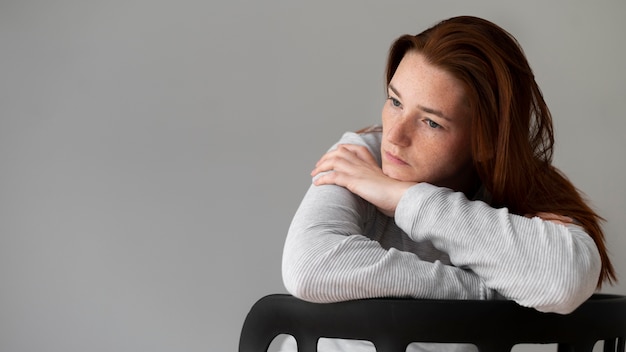First, let’s be apparent that the pandemic cratered a whole lot of people’s mental overall health, regardless of age, and there’s so much else going on in modern society ideal now, including inflation, gun violence and the war in Ukraine, producing people today profound upset. The American Psychological Affiliation has been conducting its “Stress in America” survey since 2007, and this yr observed that “Money strain registered at the greatest recorded level because 2015.”
As The Atlantic’s Olga Khazan explained in a very good article about why persons are acting so unusual correct now, all people is particularly confused, and it is causing lots of adults to behave in uncivil strategies on airplanes, in college board meetings and even at the Oscars. Observing grown ups fall aside most likely isn’t aiding young people cope with everyday living, nor are a good deal of other new stressors. As Erin Anhalt, the mom of a 15-calendar year-old lady in Maryland, set it to me on Twitter, her daughter suggests “she watched fifty percent the grown ups throw a fit about putting on a mask during a pandemic, they are looking at climate transform participate in out quickly, feels like no chance at an education and learning without the need of crippling credit card debt, etc… of training course they are nervous.”
Lifetime has normally been difficult, and staying a teen has normally been hard. Becoming a teenager with abusive dad and mom, or a single who is food insecure, has always been notably really hard.
What will operate and lifestyle glimpse like just after the pandemic?
So I do marvel if an additional reason for the uptick in teenagers saying they are frustrated and anxious is that they have the language for it now, and that there’s so considerably considerably less stigma to admitting these thoughts than there was even when I was a kid — which is something psychologists and psychiatrists I have interviewed for preceding newsletters have pointed out. This would be hard to show with a analyze, due to the fact we really don’t have a time device to go back again and job interview teenagers in 1992 to talk to them about their information of, attitudes about and publicity to psychological health and fitness challenges.
In any scenario, we must pay near attention to the point that teens are reporting these substantial ranges of tension. So numerous of them are still reeling from the worst times in the pandemic and the thoughts of isolation and disconnection that they professional. And I do consider we really should all be conscious of the approaches our kids are interacting with social media, and how it is creating them truly feel. In The Times, Virginia Hughes noted on a new analyze about social media use:
Examining survey responses of a lot more than 84,000 individuals of all ages in Britain, the scientists recognized two unique periods of adolescence when major use of social media spurred reduced rankings of “life satisfaction”: initial close to puberty — ages 11 to 13 for ladies, and 14 to 15 for boys — and then all over again for both of those sexes all-around age 19.
It’s this sort of nuanced, certain data that I discover most beneficial in figuring out boundaries around social media use for my own two ladies. I was contemplating allowing my more mature daughter to get a smartphone at the starting of middle college, but info like this tends to make me rethink. Probably we will opt for a “dumb phone” without having world wide web abilities, or a smart look at with constrained functionality as an alternative, if we experience she have to get some type of tech to preserve in get in touch with.







